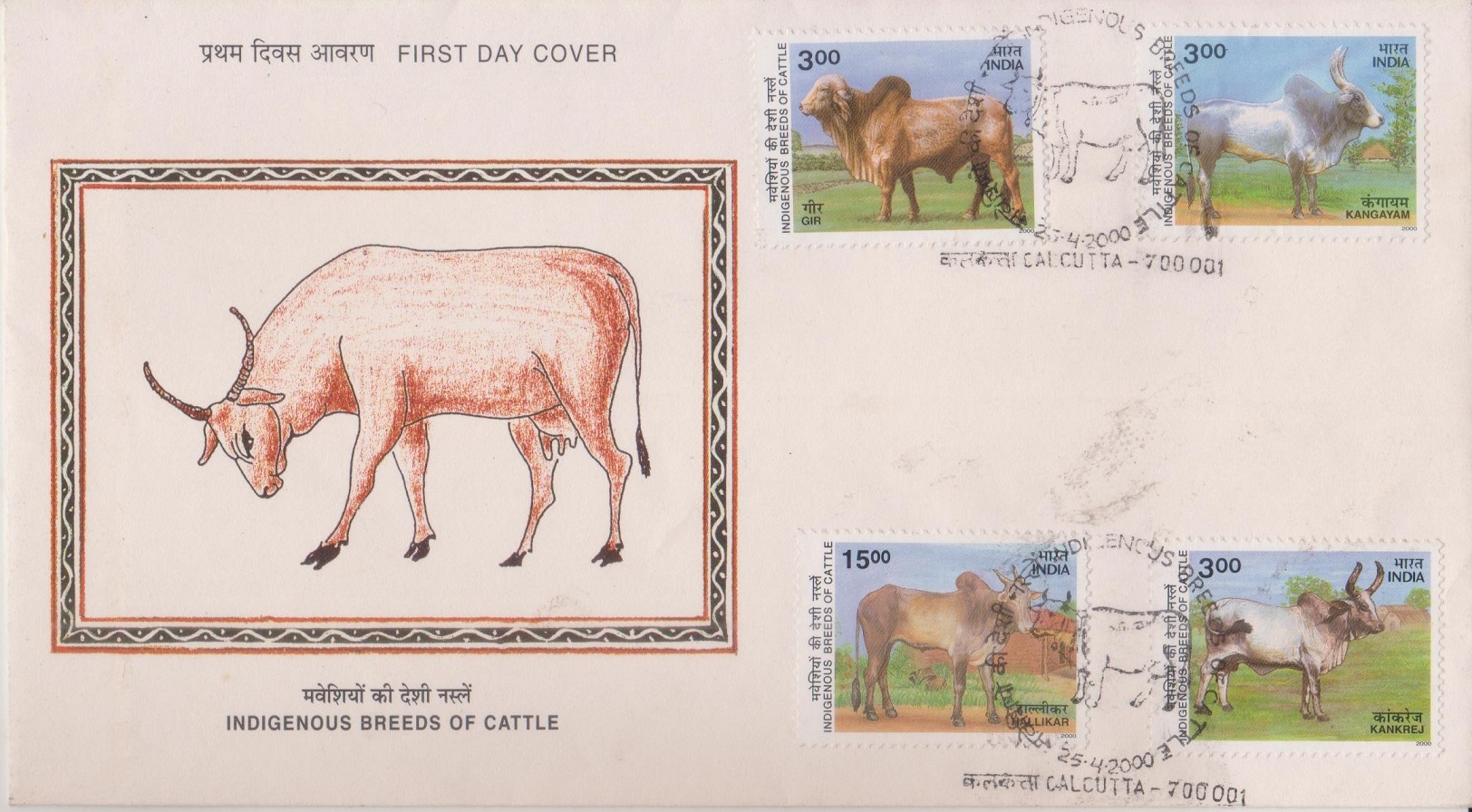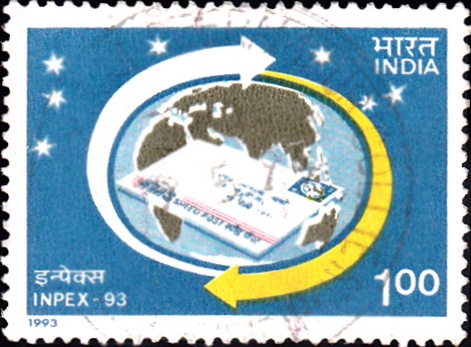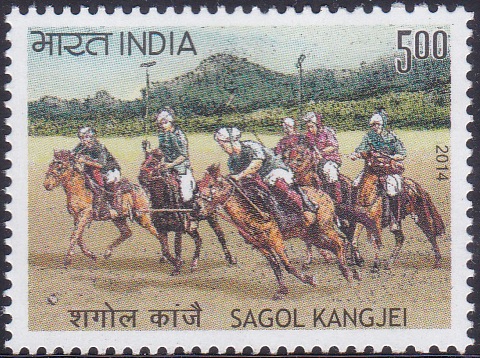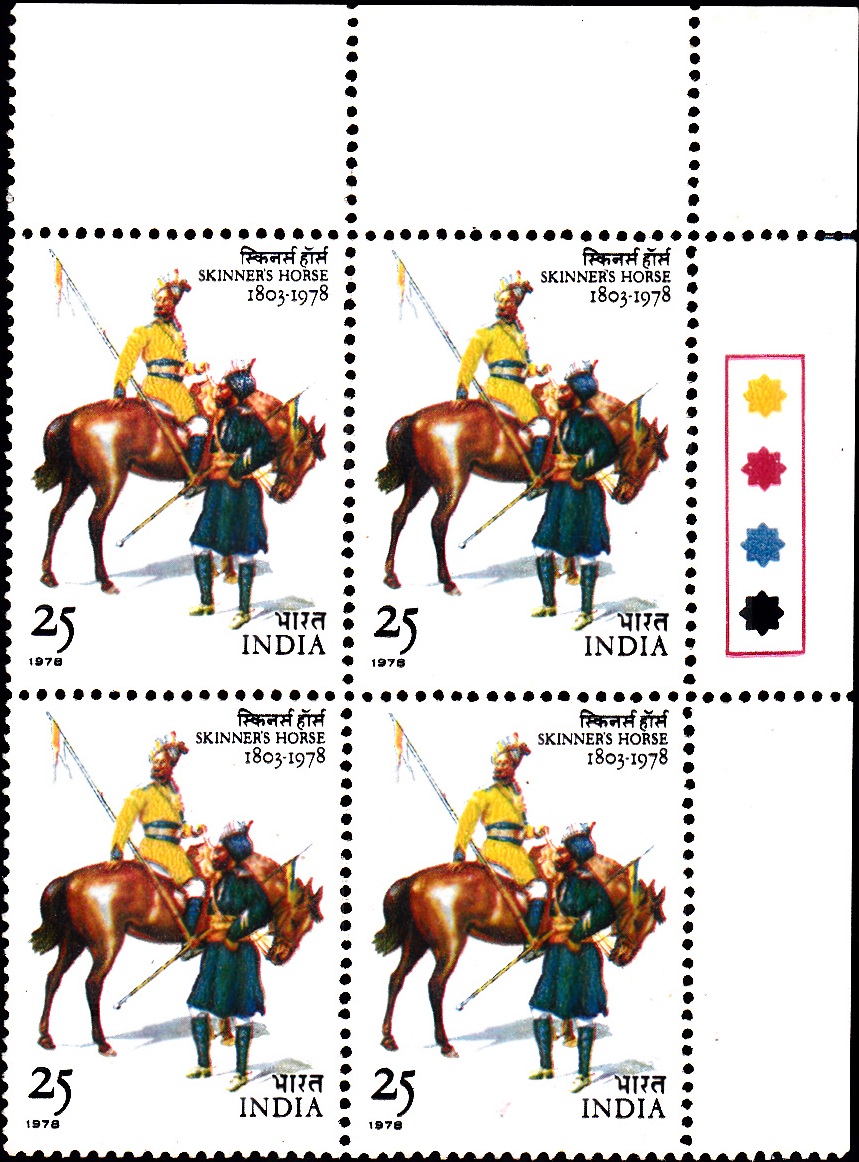
Horses of India 2009
A Miniature Sheet consisting of 4 nos of commemorative postage stamps on the Indian Horses : Marwari, Kathiawari, Zanskari and Manipuri :




 Issued by India
Issued by India
Issued on Nov 9, 2009
Credits :
Stamp & FDC : Kamleshwar Singh
Cancellation : Alka Sharma
Type : Miniature Sheet, Mint Condition
Colour : Multi colour
Denomination : 500 Paise each
Stamps Printed : 3.0 Million each
Miniature Sheets : 0.4 million
Printing Process : Wet–offset
Printer : Security Printing Press, Hyderabad
About :
- Horses have been a part of the Indian ethos from time immemorial – whether in mythology, the legendary horses of the Chariot of the Sun or the ones that carried warriors and kings across the pages of history. Today equestrian events and polo grounds showcase horses at their aristocratic best, while their humbler cousins work between the shafts of carts and tongas or as pack horses – or even to carry the bridegroom to his wedding!
- The Government of India identifies five breeds of Indian horses: Marwari, Kathiawari, Manipuri, Spiti and Zanskari. The first two are known for their beauty and speed; the last two are slow- moving horses found mainly in the Himalayan ranges. The Manipuri shares some qualities of both groups and is reputed for its intelligence and speed. There are some other breeds too like the Bhutia, Chummarti and Sikang some of whom are on the verge of extinction.
- Marwari :
- This breed derives its name from its habitat: Marwar in Rajasthan. Reared today mainly for riding, sports and light draft and agricultural work, it was initially bred by the rulers of Marwar as a warhorse, reputed for its loyalty and bravery in battle. The predominant body colour is brown but roan, chestnut, bay, gray, palomino and piebald are also found. It has a long body, a height of 152-160 cms generally, a deep chest, slender legs with small well formed hoofs and a long facial profile. Its most distinctive feature is its natural pacing gait (called revaal) and pointed ears with inward turning tips. Hair whorls and their placement are important to breeders of Marwaris. The breed is today regaining some of its lost popularity due to the efforts of individuals and organizations like the Indigenous Horse Society of India.
- Kathiawari :
- Reputed to have sprung from the wild horses of Kathiawar in Gujarat, this breed is often considered the oldest of the indigenous horse breeds. The Kathi tribesmen and Rajput rulers used it as a warhorse as it could speed across miles of open, dry land with little food or water. The coat has an iridescent sheen. Generally the horse has a height of about 147 cm. The perfectly proportioned horse has a concave profile with a fine muzzle, large evenly placed eyes, and well shaped arched neck. The ears are small and curved inward, almost touching at the tips, with a capacity to rotate 180 degrees backward. Black eel strip on the back and Zebra markings on the front legs are distinctive to the Kathiawari which is endowed with acute eyesight and hearing, great stamina and endurance and a light pace. It is often used in the Police and Army stables in India and comes largely in dun and chestnut colour. NGOs and other organizations are working to save and enhance the breed.
- Zanskari :
- This native Himalayan horse is genetically related to the Spiti breed. Considered the most hardy of the Indian breeds, it can work in extremes of altitude and temperature. Found in the Leh and Ladakh area of Jammu and Kashmir, this horse is predominantly grey in colour, though black and copper coloured ones are also found. Low set with heights ranging from 120-140 cms, their characteristic features are prominent eyes, long and heavy tails and uniform gait. The body hair is fine, long and glossy. Large scale mating with non-descript ponies has endangered this species. The Animal Husbandry Department, Jammu & Kashmir has undertaken breed improvement and conservation through selective breedings.
- Manipuri :
- This breed, developed in India, is reportedly derived from ancient stock drawn from the Mongolian Wild Horse and the Arabian and were probably brought to India by Tatar tribes who also brought the game of polo. Bred in Manipur, in North East India, this breed is tough, intelligent and has tremendous endurance, qualities that make it perfect for racing and for playing polo. Standing at a height of 11-13 hands, the Manipuri pony has a light head with a straight profile, set on a well formed neck, deep chest and sloping shoulders. With small pointed ears and alert eyes, the breed comes in a variety of colours: bay, chestnut, grey, brown and white. It has become a part of the socio-economic life of the hilly regions facilitating travel and transport. The breed numbers have decreased today but organizations like the Manipuri Horse Riding and Polo association are attempting to promote both the breed and the game.
- Text : Indigenous Horse Society of India, Rishibhumi Pravruttaye, National Research Centre on Equines (ICAR) and the internet.
Subscribe
Login
0 Comments
Oldest







